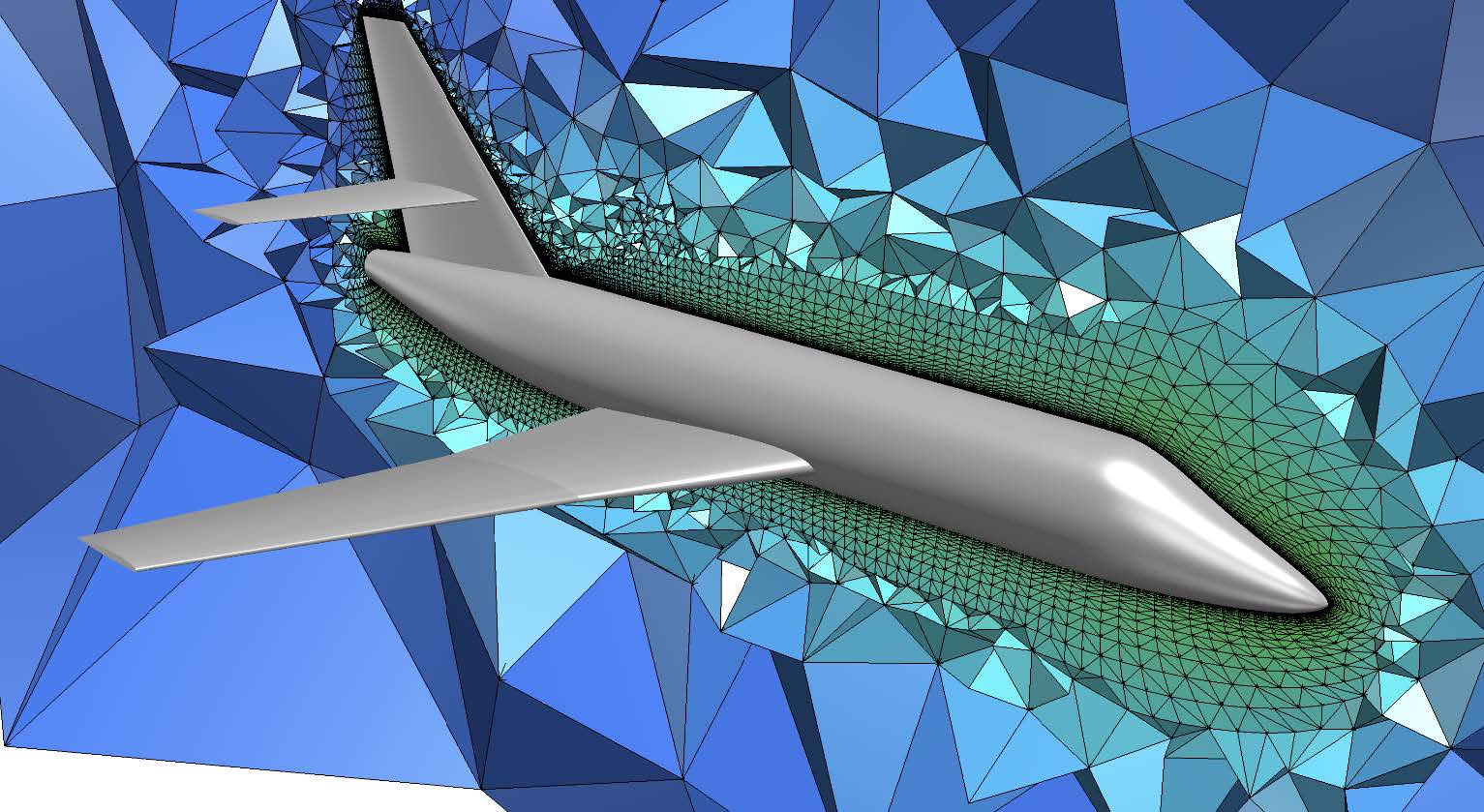

Approximating and accommodating curved features with high-order meshes
20 February, 2020 @ 3:00 pm - 4:00 pm
 Xevi Roca leads the Geometry and Meshing group at the Barcelona Supercomputing Center (BSC) as an ERC Starting Grant and a Ramon y Cajal fellow. He graduated in Applied Math at the Universitat Politecnica de Catalunya (UPC, 1999). He joined UPC to provide technical support to researchers at Laboratori de Calcul Numeric (LaCàN, 1999-2011). From 2004 to 2009, he combined the full-time technical duties with his research to obtain his PhD (UPC, 2009). From 2009 to 2011, he was a visiting scholar at the Massachusetts Institute of Technology (MIT) to later join the Aero-Astro Department as a postdoctoral associate (MIT, 2011-2015). He joined the BSC as a Marie Sklodowska-Curie fellow in 2015.
Xevi Roca leads the Geometry and Meshing group at the Barcelona Supercomputing Center (BSC) as an ERC Starting Grant and a Ramon y Cajal fellow. He graduated in Applied Math at the Universitat Politecnica de Catalunya (UPC, 1999). He joined UPC to provide technical support to researchers at Laboratori de Calcul Numeric (LaCàN, 1999-2011). From 2004 to 2009, he combined the full-time technical duties with his research to obtain his PhD (UPC, 2009). From 2009 to 2011, he was a visiting scholar at the Massachusetts Institute of Technology (MIT) to later join the Aero-Astro Department as a postdoctoral associate (MIT, 2011-2015). He joined the BSC as a Marie Sklodowska-Curie fellow in 2015.To exploit the promising features of unstructured high-order methods, practitioners generate meshes composed by curved elements that interpolate the domain boundaries, and that accommodate the boundary curvature to the interior of the mesh while untangling the initially invalid elements. This approach is the standard solution to the problem referred to as mesh curving, and it has been the main driver in the research on generating curved meshes. This talk summarizes our research to solve the mesh curving problem, mainly applied to inviscid and viscous flow simulation, but also the evolution towards to solve a more general curved meshing problem. Specifically, the talk details our efforts in the problem of approximating, not only interpolating, those salient curved features, determined by the domain boundary but also by the solution, while iteratively accommodating the curvature of the features to the rest of the mesh without introducing invalid elements. The talk also highlights our past, current, and future vision of the challenges in curved meshing.
